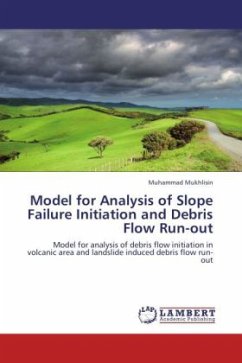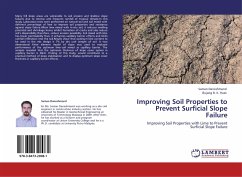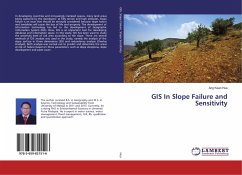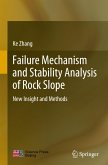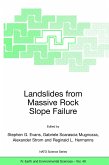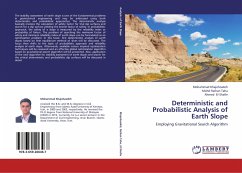Progressive erosion and block landslides, especially soil slips within volcanic channels and other steep hillslopes, can be triggered by intense, brief rainfall and other types of storm. Consequently, rainfall analysis is the method most commonly used in forecasting such phenomena, and worldwide observations have contributed to identifying critical levels of rainfall, over given periods of time, for triggering debris flow. These analyses, however, inadequately address the complex combination of physical, hydrological processes and the mechanical analysis of slope stability. More particularly, the location of debris flow initiation has been analyzed only rarely within the context of this methodology. In fact, because debris flows generally exhibit high mobility and long run-out travel distances, resulting in extensive property damage and significant loss of life, it is essential that we understand the temporal and spatial probability of debris flow initiation when planning preventive measures and evacuation systems. This book proposed a model to simulate rain water infiltration on slope instability and travel distance of debris flow run-out.

